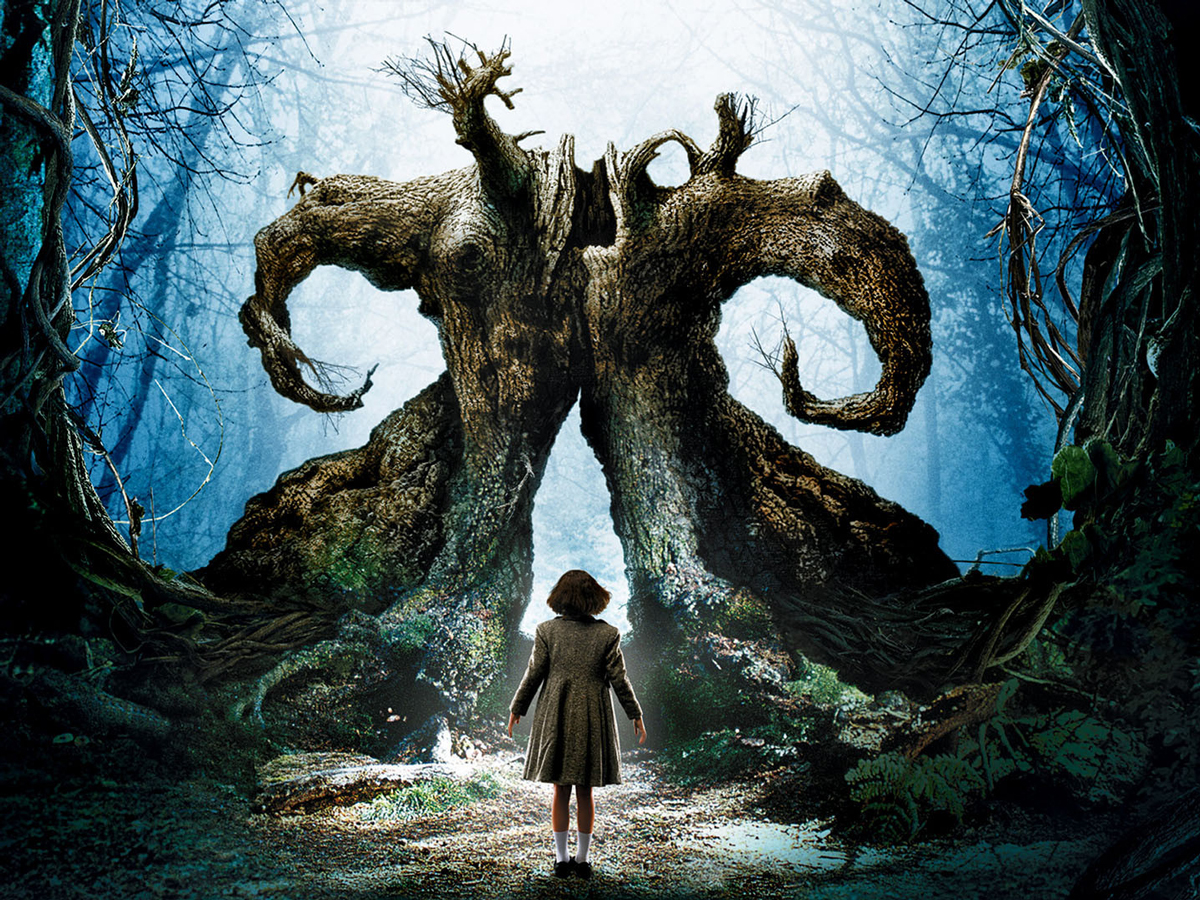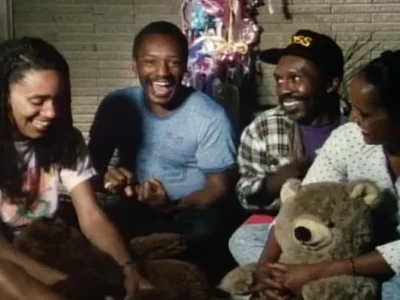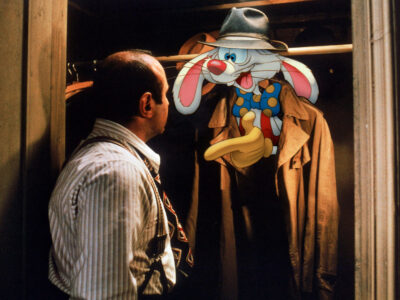How to get into horror films: a guide
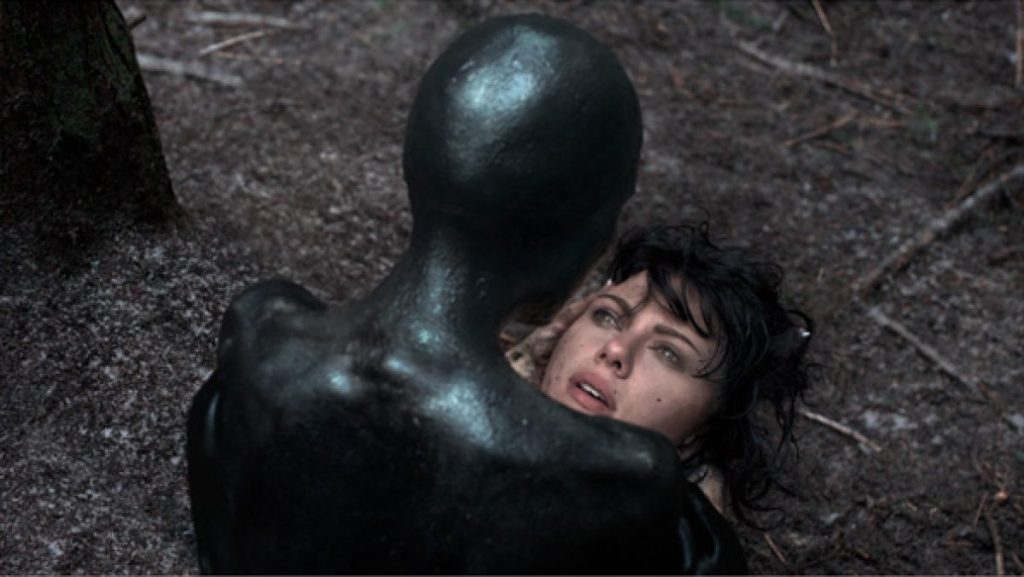
Harry talks us through the movies you should be watching if you’re a horror newbie
A couple years ago, I never would have considered watching a horror film. The idea of them didn’t appeal to me at all. Why would you want to watch a film which just wants to scare you? But watching Alien (1979) completely changed my mind. I’m now an avid horror fan – and to help you become one too, I’ll be outlining some notable horror sub-genres and making recommendations of what are, in my opinion, the best entry points.
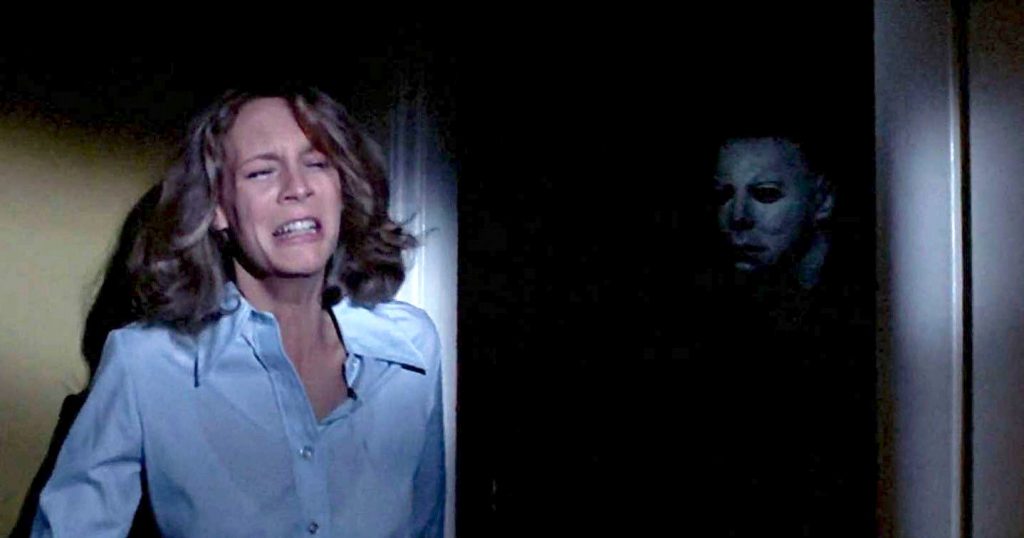
Slashers
A slasher film can be characterised by a serial killer who uses bladed weapons to harm their victims. A classic example of a slasher film is Halloween (1978) where a masked killer murders a group of teenagers. Halloween also popularised many key aspects of slasher films such as the ‘final girl’ trope and the use of the killer’s first-hand perspective. These features were repeated in Friday the 13th (1980), and later satirised by Wes Craven in Scream (1996) to great effect. Like Craven, John McTiernan, director of Predator (1987), recognised that slasher films were getting stale, so he replaced the usual foolish teenagers with elite soldiers, as played by Arnold Schwarzenegger and co. Unlike the slasher films which came before it, the targets of the killer are stronger and more capable than the audience, and therefore quickly establish the Predator as a threat.
With a heavy focus on blood, guts and gore, its hardly surprising that slasher films have historically been the targets of censorship. Tobe Hooper’s genre-defining The Texas Chainsaw Massacre (1974) was only released uncut by the BBFC twenty-five years after its release. Given the notoriety that this film has attracted over time, it’s surprising how little on-screen violence there actually is, but rather it is Hooper’s creation of atmosphere and tension which has allowed it to stand the test of time.
My recommendations: Halloween (1978), Nightmare on Elm Street (1984), Psycho (1960)

Environmental Horror and the Revenge of Nature
The revenge of nature film often has a deeply moral lesson. Humanity is punished for its collective disrespect of the natural world, through domination of the land and the creatures which live there, or by carelessly engaging with natural processes. A classic example is Godzilla (1954) in which the eponymous monster is awoken by the radiation released by atomic bombs, embodying fears surrounding nuclear weapons.
Walking the line between environmental horror and the creature feature are films such as Them! (1954) in which radiation causes ants to turn into hulking monstrosities, or Piranha (1978), when genetically altered piranhas are accidentally released onto the public by the military. Stories of genetic engineering reflect concerns of new forms of science, such as in Splice (2009) where a human-animal hybrid is created by two scientists, or more recently Little Joe (2020) when a plant designed to make its caregiver happy has some unexpected side-effects. With growing environmental awareness, the revenge of nature sub-genre will perhaps experience a revival.
My recommendations: Little Joe (2020), Black Sheep (2006), The Birds (1963)
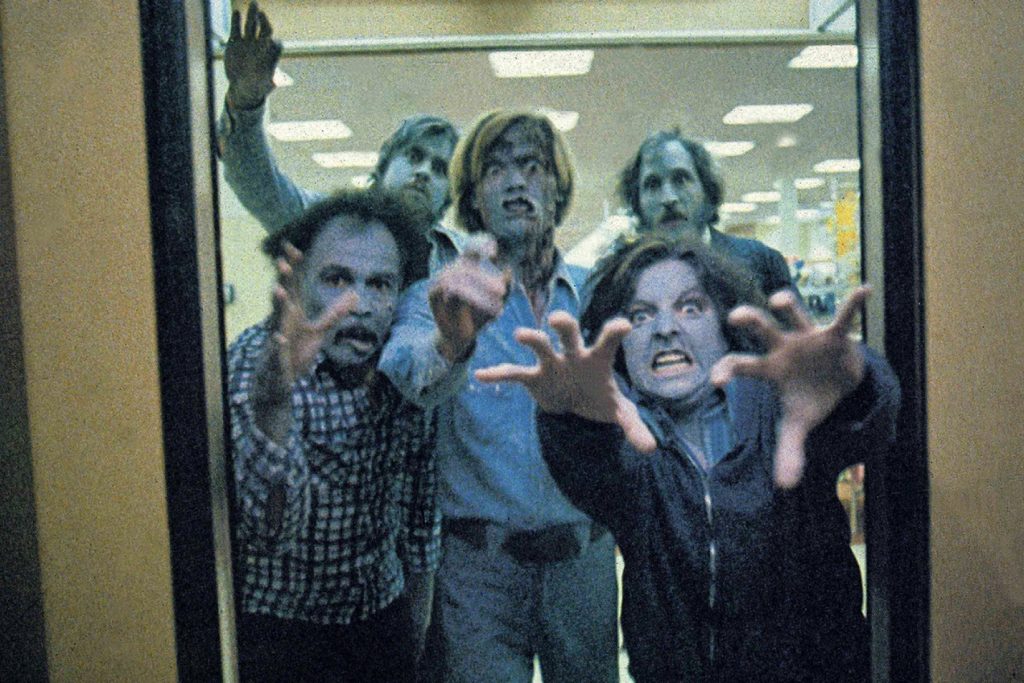
The Living Dead
Whilst there are many tales of reanimation, such as Frankenstein (1931) or Pet Sematary (1989), this section will focus on perhaps the most popular horror sub-genre: zombies. Almost every zombie film owes a debt to George A. Romero and his The Dead film series which defined the rules of the modern zombie movie. Zombies were no longer a sorcerer’s creation like in White Zombie (1932) but rather the result of an unknown disease. As the creator of classic films such as Night of the Living Dead (1968) and Dawn of the Dead (1978), Romero is more than deserving of his title as the ‘Father of the Zombie Film’.
Despite following similar rules for over 50 years, zombie films are showing no signs of slowing down anytime soon. This is partly due to their popularity as part of genre mashup movies as zombies are used as the backdrop to the main story. Genres which have been paired with zombies include comedy (Zombieland, 2009; Shaun of the Dead,2004), war (Overlord, 2018), musical (Anna and the Apocalypse, 2017), literary (Pride and Prejudice and Zombies, 2016), and romance (Warm Bodies, 2013). Gaining repeated commercial success, the zombie film shows no signs of slowing down (unlike the shambling creatures they feature).
My recommendations: Dawn of the Dead (1978), Train to Busan (2016), The Night Eats the World (2018)
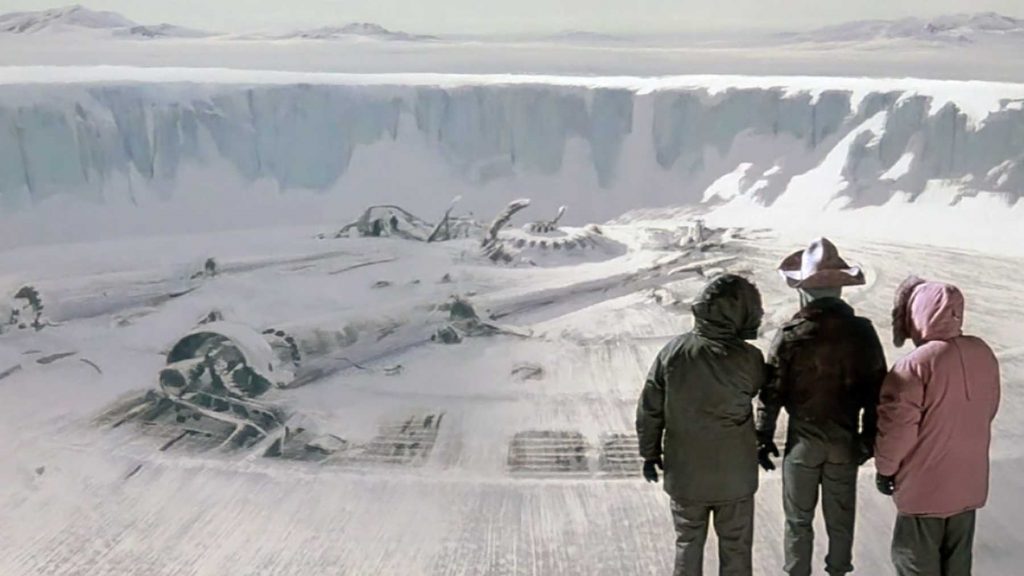
Science-Fiction Horror
Probably the most successful genre mash-up of them all, science-fiction horror films have had two main subgenres: ‘the mad scientist’ and alien films. This section will focus on aliens although notable ‘mad scientist’ films include Eyes Without a Face (1960) and The Fly (1986), both of which contain reasonable amounts of gore, but this is not entirely representative of the sub-genre.
Is it better to be alone in this universe or to share it with unknown creatures of infinite possibility? Science-fiction horror chooses the latter. Ridley Scott’s Alien (1979) set the benchmark for the genre, distilling recent box-office successes like Close Encounters of the Third Kind (1977), Halloween (1978) and Jaws (1975) into a single film which both shocked and delighted audiences. Following the commercial success of Alien, John Carpenter’s The Thing (1982) evoked Cold War tensions as an alien who is able to take the form of any creature it kills makes its way to an Antarctic research base in what is one of film’s greatest opening scenes. As one of the most diverse sub-genres of horror, science-fiction is a great place to start.
My recommendations: The Thing (1982), Under the Skin (2013), Annihilation (2018)
What do you think of Harry’s suggestions? Would you add any more? Let us know in the comments.

